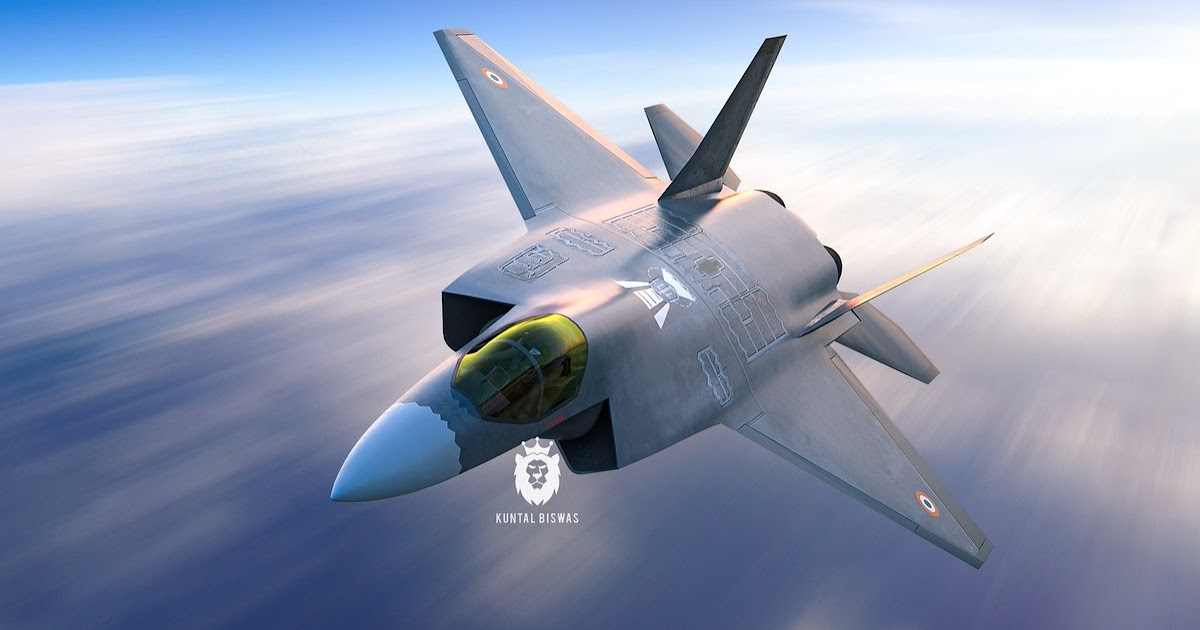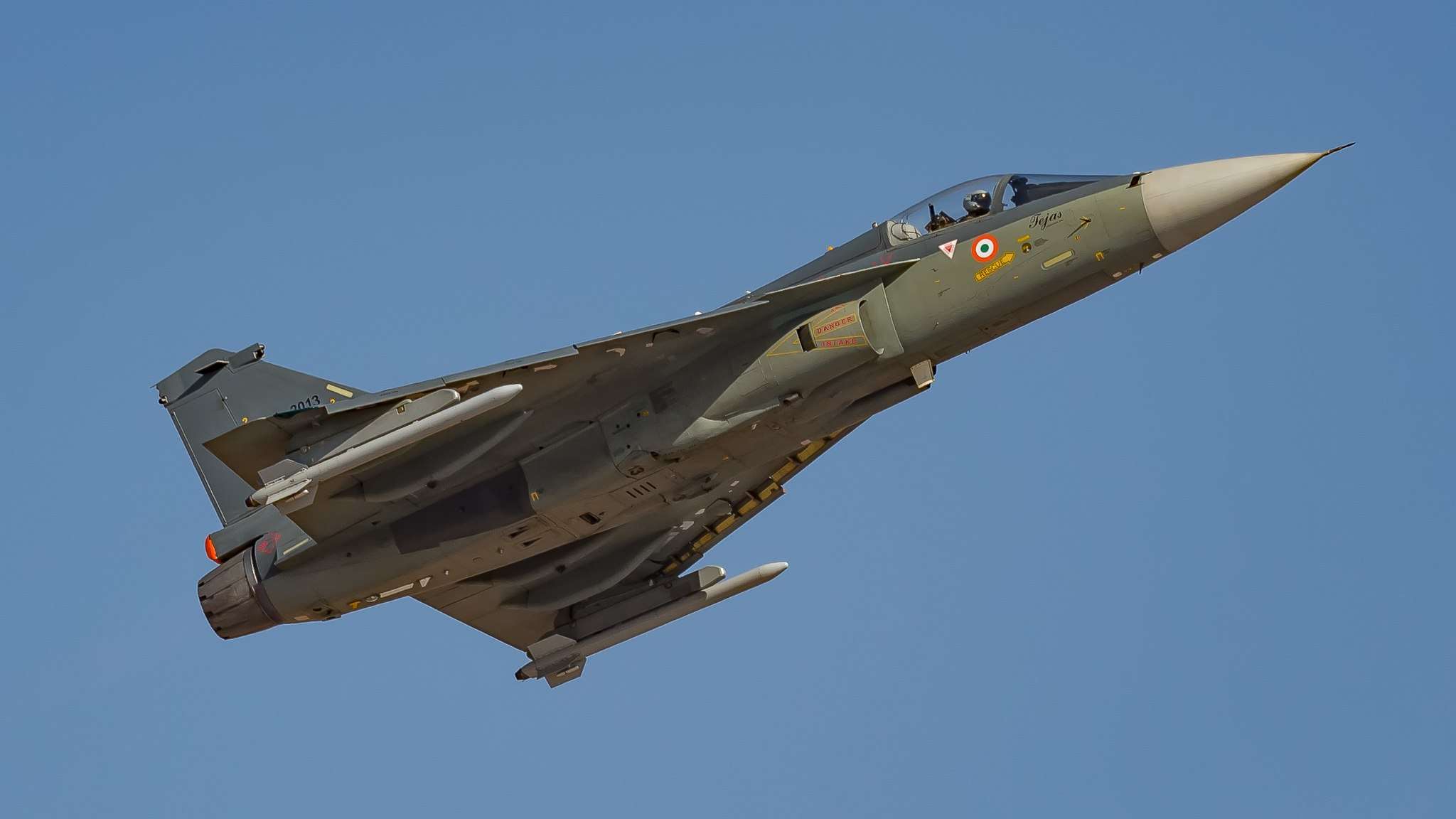France Boosts India’s Stealth Jet Programme: A Game-Changer for the Nation’s Defense

France Boosts India’s Stealth Jet Programme: A Game-Changer for the Nation’s Defense
The Indian defence scientist community is filled with excitement and anticipation following the announcement during Prime Minister Narendra Modi’s visit to France that the two nations have agreed to jointly develop a high-thrust jet engine for India’s fifth-generation Advanced Medium Combat Aircraft (AMCA) Mk-2. This surprise development has raised expectations among developers of the indigenous stealth fighter jet, as it signifies a significant step forward in the AMCA project.
With the positive progress on the engine front, the developers of the AMCA are now eagerly awaiting clearances from the Cabinet Committee on Security (CCS) for additional funds to accelerate the project. Engine development has been a major challenge in developing the upgraded AMCA version, the Mk-2. For the initial batch of AMCA Mk-1, India has selected the GE-F414 jet engine, which will be manufactured domestically through a co-production agreement between General Electric of the US and Hindustan Aeronautics Limited (HAL).
The agreement to co-develop a high-thrust jet engine with France is seen as a significant boost to the indigenous defence capabilities of India and a major step towards realizing the advanced and formidable AMCA Mk-2. This collaboration is expected to enhance India’s expertise in advanced aeronautics and propel the country towards achieving its goals of self-reliance in the defence sector. The successful realization of the AMCA project holds great promise for India’s aerospace industry and strategic defence capabilities.
The Aeronautical Development Agency (ADA), under the Defense Research and Development Organization (DRDO), is leading the development of the Advanced Medium Combat Aircraft (AMCA). For the AMCA Mk-2, the ADA aims to incorporate a high-thrust 110 kN engine to meet the supercruise requirements. Supercruise allows a fighter jet to fly at supersonic speeds without using the afterburner, leading to increased fuel efficiency and extended flying range, among other benefits.

Developing a fighter jet with the supercruise feature is a significant achievement and will place India in an exclusive group of countries with their fifth-generation fighter jets. To realize this goal, the ADA has contacted foreign players, including France’s Safran, General Electric of the US, and the British Rolls Royce, to explore possibilities for co-developing fighter jet engines in India.
The initial batch of 40 AMCA jets will be equipped with GE-F414 engines. However, for the advanced Mk-2 version of the aircraft, a jointly developed engine with a foreign player will be utilized. This collaboration is expected to elevate India’s aerospace capabilities and pave the way for the indigenous development of cutting-edge fighter jet technologies. The successful development of the AMCA Mk-2 with a high-thrust engine will bolster India’s defence capabilities and position the country as a significant player in the global aviation industry.
During Prime Minister Narendra Modi’s visit to France, both countries made a significant announcement regarding their defence cooperation. They revealed plans to collaborate on the joint development of a military jet engine. The cooperation aims to advance aeronautical technologies and bolster India-France defence ties.
The joint development of a combat aircraft engine was outlined in the ‘Horizon 2047: 25th Anniversary of the India-France Strategic Partnership, Towards a Century of India-France Relations.’ This partnership will strengthen India’s capabilities in the aerospace sector and mark a milestone in the long-standing strategic relationship between the two nations.

As part of the co-development process, Safran and the Defense Research and Development Organization (DRDO) will work together to prepare a roadmap for the jet engine’s development this year. Safran, a major aerospace and defence company based in France, has already established a memorandum of understanding with Hindustan Aeronautics Limited (HAL) to collaborate on developing a helicopter engine.
This collaboration between India and France can boost India’s indigenous defence manufacturing capabilities and elevate its position in the global aerospace arena. The joint development of advanced technologies, such as combat aircraft engines, will enhance India’s defence capabilities and foster a stronger strategic partnership between the two countries.
In a statement to Parliament earlier this year, Union Minister of State for Defence, Ajay Bhatt, highlighted that fifth-generation fighter aircraft are generally more expensive than their fourth-generation counterparts due to the inclusion of advanced and specialized features. However, he emphasized that the Advanced Medium Combat Aircraft (AMCA), an indigenous project, would likely be more cost-effective than similar aircraft in the international market.
Fifth-generation fighter aircraft are designed with cutting-edge technologies, such as stealth capabilities, advanced sensors, and data fusion systems, which make them more capable and versatile in modern aerial warfare. As a result, these advanced features contribute to the higher costs associated with developing and manufacturing such aircraft.

The AMCA, developed by the Aeronautical Development Agency (ADA) and the Defence Research and Development Organisation (DRDO) in India, aims to be a state-of-the-art fifth-generation fighter jet. By leveraging indigenous technologies and expertise, the AMCA project has the potential to reduce the overall costs of development and production, making it a more cost-effective option for the Indian defence forces compared to purchasing similar aircraft from foreign suppliers.
The emphasis on developing the AMCA indigenously aligns with India’s goals of self-reliance in defence manufacturing and strengthening its aerospace capabilities. The successful development and deployment of the AMCA would not only enhance India’s air power but also demonstrate its capabilities in designing and producing advanced military aircraft.
The claim made by some Indian defence scientists regarding the cost advantage of the indigenous Advanced Medium Combat Aircraft (AMCA) compared to imported fighter aircraft is based on a holistic assessment of various factors. According to these scientists, the basic aircraft, without considering additional costs related to the weapons package, maintenance, and India-specific upgrades, maybe around 50-60 per cent cheaper than an imported fighter aircraft.
However, the real cost advantage of the AMCA becomes more pronounced when considering the entire lifecycle cost of the aircraft. The lifecycle cost includes the initial acquisition cost and the expenses associated with maintaining, operating, and upgrading the aircraft throughout its service life. The scientist claims that when the complete lifecycle cost is evaluated, the AMCA is expected to be significantly cheaper, potentially by around 70 per cent, compared to an imported fighter aircraft.

The cost advantage of indigenous development lies in various factors. First, by developing the aircraft domestically, India can avoid hefty import costs and licensing fees associated with acquiring foreign-made aircraft. Second, localized production and maintenance facilities can reduce long-term operational costs. Additionally, indigenously developed aircraft can be tailored to meet the specific needs of the Indian armed forces, avoiding the need for costly modifications later on.
It is important to note that the cost calculations may vary depending on multiple factors, including the development progress of the AMCA, the scale of production, and the level of indigenization achieved in its manufacturing process. Nonetheless, pursuing indigenous defence projects like the AMCA aligns with India’s strategic goal of enhancing self-reliance in the defence sector and bolstering its military capabilities.




